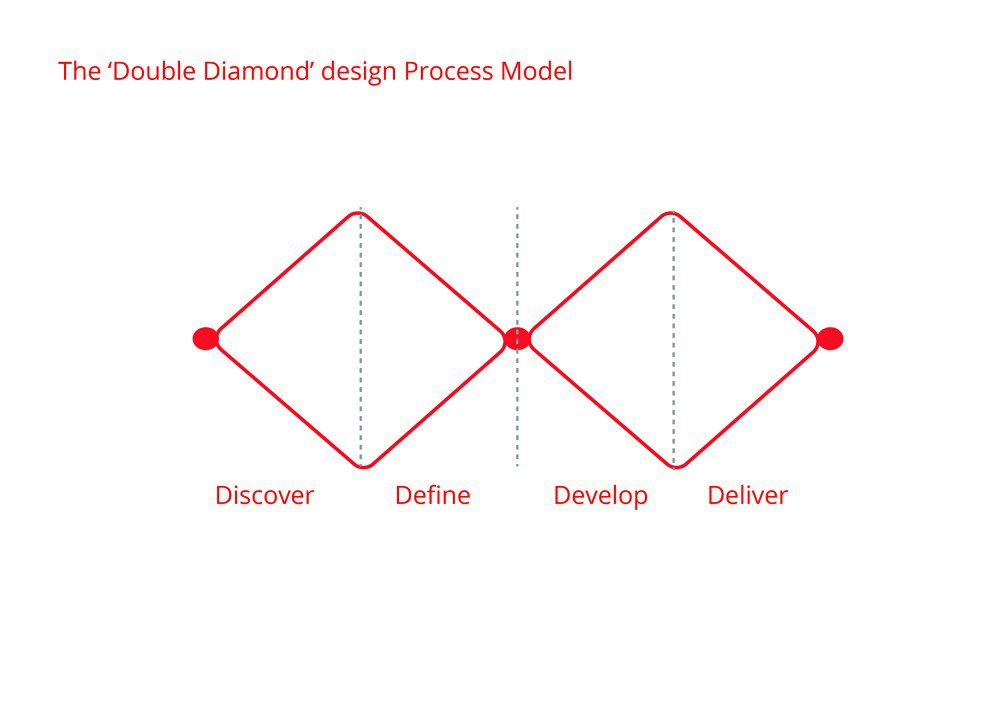Since I joined RM Results in the spring, we’ve been working behind the scenes forming an innovation capability for RM, developing our innovation toolkit, developing key capabilities and running a few innovation projects to makes sure everything works when applied in practice. We call the result RM Studio.

The RM Studio team have been working hard building an innovation community for RM Results. As we make progress, we are finding a common language and a set of pictures that help us communicate among ourselves, our colleagues and others.
This is a selection of those words and pictures. I hope you find them useful:
The RM Studio recipe: Design Thinking, Lean Startup and Agile Product Management
We use different paradigms to explain the process of innovation. These are all models, necessarily simplified and appropriate only within a narrow domain of applicability. Reality is necessarily messy and complex and never cleanly aligned to any model.
The picture below is the most complete and the one I prefer to use as my primary lens when thinking about the process of innovation.

The Stanford D.School Design Thinking Process
I said above that models are simplifications. Some are better than others, and Stanford’s is a great one. We talk about Design Thinking as our first process in the chain of 3 above, with Lean Startup and Agile Product Management the other 2. Stanford’s Design Thinking Process should be required reading for any innovator, and this picture does a great job at making it accessible at a glance.

The Double Diamond
Another one of the models at the core of how we do innovation, here in simplified form:

and here in all its detailed glory and complexity

A landscape of user research methods
Design and User Research are any tech-centric organisation’s more likely skills gaps. In fact, many organisations that call themselves user-centered will, at their core, lack awareness of the complex and wonderful world of user research i all its forms. This chart highlights the many approaches to user research, and makes explicit the underlying structure that governs their selection and use. Innovators must master all of these (and many more not in this simplified view) as well as the ability to select the one(s) appropriate to our needs at every stage of every project.

A view of Agile Principles
As RM Studio, we’re thinking hard about what we want innovation to stand for, and how to make powerful and simple communication tools to get those thoughts known and embraced. We want to do the hard work to make things simple following the example the signatories of the Agile manifesto set for us all those years ago.

RM Studio was launched at the end of July, and we’re quickly building momentum, launching innovation projects and participating in the thriving innovation culture of RM.
We’re also growing. Want to join? Contact me to get involved. After all,


Leave a Reply